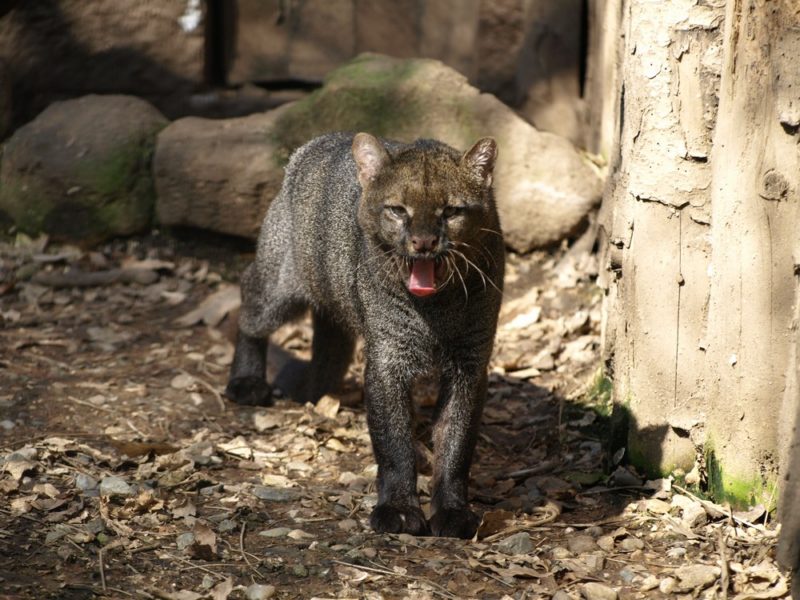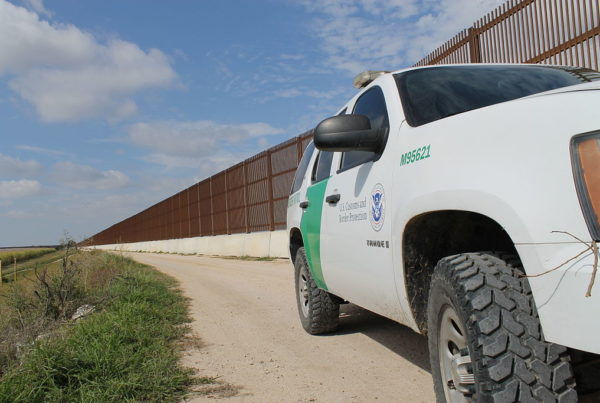President-elect Donald Trump’s proposed border wall may be intended to keep people from crossing the United States-Mexico border illegally, but experts say such a barrier could also cut off wildlife from migrating through their normal habitat.
When building barriers along the border, the U.S. Department of Homeland Security doesn’t have to follow environmental regulations. But Tim Keitt, who led a study of border wildlife from the University of Texas at Austin, says the government should be aware of how physical barriers could affect animals living in the area.
Keitt and his team mapped 313 non-flying mammals, reptiles and amphibians living in the borderlands. For each species, they designated an area that showed the range of that animal’s movement along the border. Most birds won’t be affected by a physical barrier along the border, Keitt says, but some low-flying birds could get injured by flying into walls or fencing.
Prior to the construction of a wall or fencing in an area, Keitt says animals could move freely from one side of the border to the other.
“But after a barrier is placed, that may disrupt their dispersal and therefore isolate previous populations into two subpopulations,” Keitt says. “Once they’re isolated, you don’t have gene flow moving between the populations.”
Their study found that, in some areas, border barriers could block up to 75 percent of an animal’s normal range.
The most vulnerable species to a border barrier live in coastal Texas, coastal California and the “sky island” Madrean archipelago along the Arizona border.
The study found that the Coues’ Rice Rat and Reticulated Collard Lizard would be threatened by a border wall. Three species that are listed as threatened globally, by the U.S. or by Mexico would also be threatened further by a border wall: the Arroyo toad, the California red-legged frog and the jaguarundi – a small wild cat native to Central and South America.
“We know from extensive studies that smaller populations are more vulnerable to environmental disturbance and more likely to go extinct in the long term,” Keitt says.
But Keitt says physical barriers aren’t the only threat to these animals.
“This is one component of how we interact with the natural world,” he says. “A border wall probably, if it were implemented without consideration for wildlife, would affect certain species perhaps severely. But overall, I think it’s part of a larger issue that needs to be dealt with in an integrated way across the borderlands.”
How humans develop land around the area and what policies we set along the border also play a major part in impacting how wildlife thrives in the area, Keitt says.
But Keitt says there could be a potential upside to a border wall – stopping the illegal pet trade.
“Illegal trade in wildlife is one of the gravest threats to biodiversity,” he says. “So for certain groups of organisms that are profitable in the pet trade industry – for example, parrots are severely threatened by collection from the wild and these are often transported across international borders illegally. They are smuggled in large numbers and it’s a severe threat to their populations. Interdiction at the border could be something that would reduce this profitability in the extent of trade in certain wildlife.”
Written by Beth Cortez-Neavel.

















